Ophir History
The following brief history of Ophir is from a historical marker near the town site.
Well up into the canyon out yonder, one can still see the massive stone foundations of a costly and splendid stamp mill, as well as the stone walls of an elegant office and mansion. Here was the scene of a once busy place, now a ghost town.
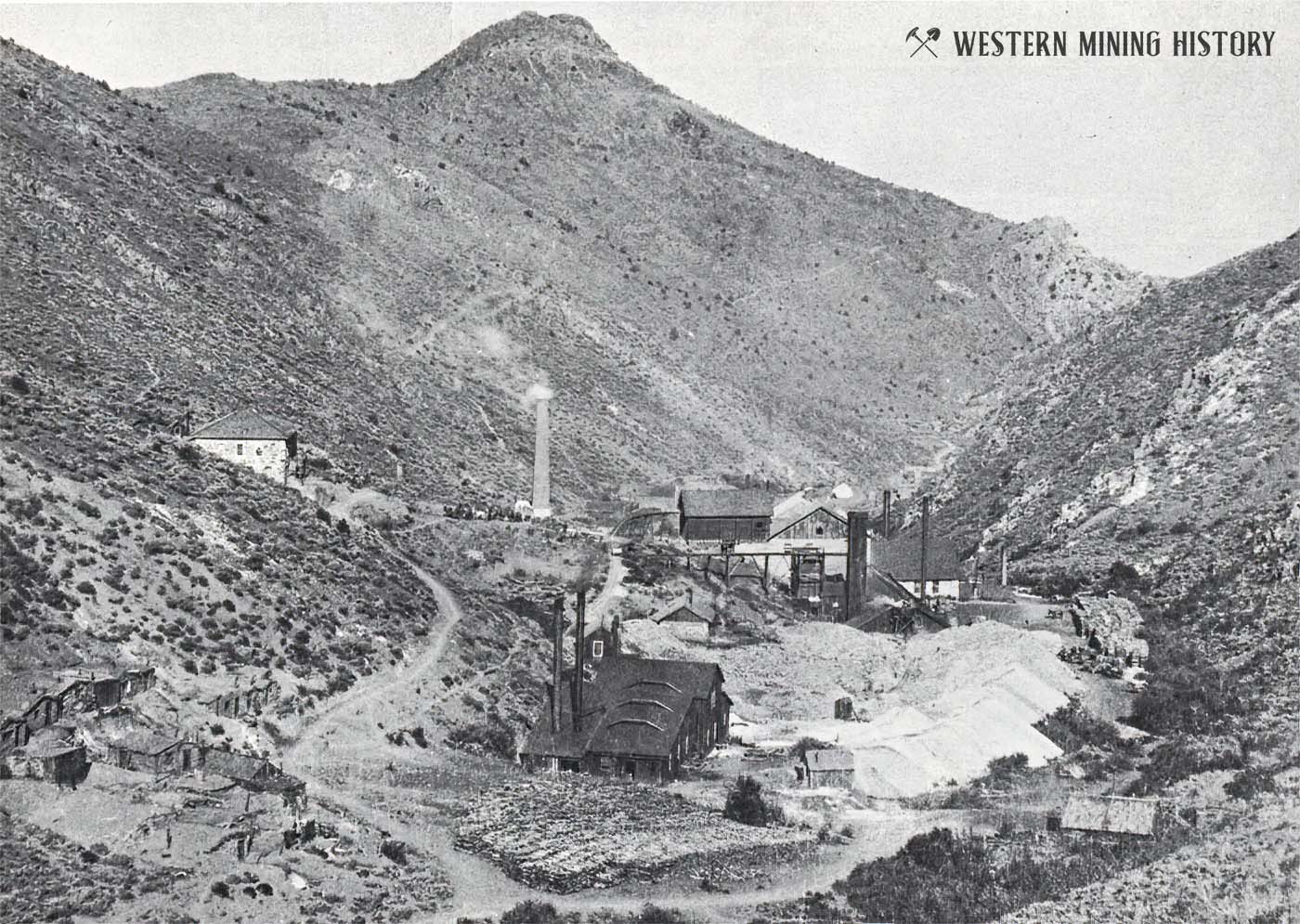
Ore was discovered there in 1863 by S. Boulerond and his compatriots. In 1864, the Murphy Mine was discovered and became the leading producer; a mining district was organized.
During 1865, a twenty-stamp mill was completed costing over $200,000. Connected with it was the first experimental Stetefeldt Furnace ever built. When the Murphy Mill was built, a town was started and it grew to a population of 400, but work in the mines declined in the 1870's and Ophir became almost deserted.
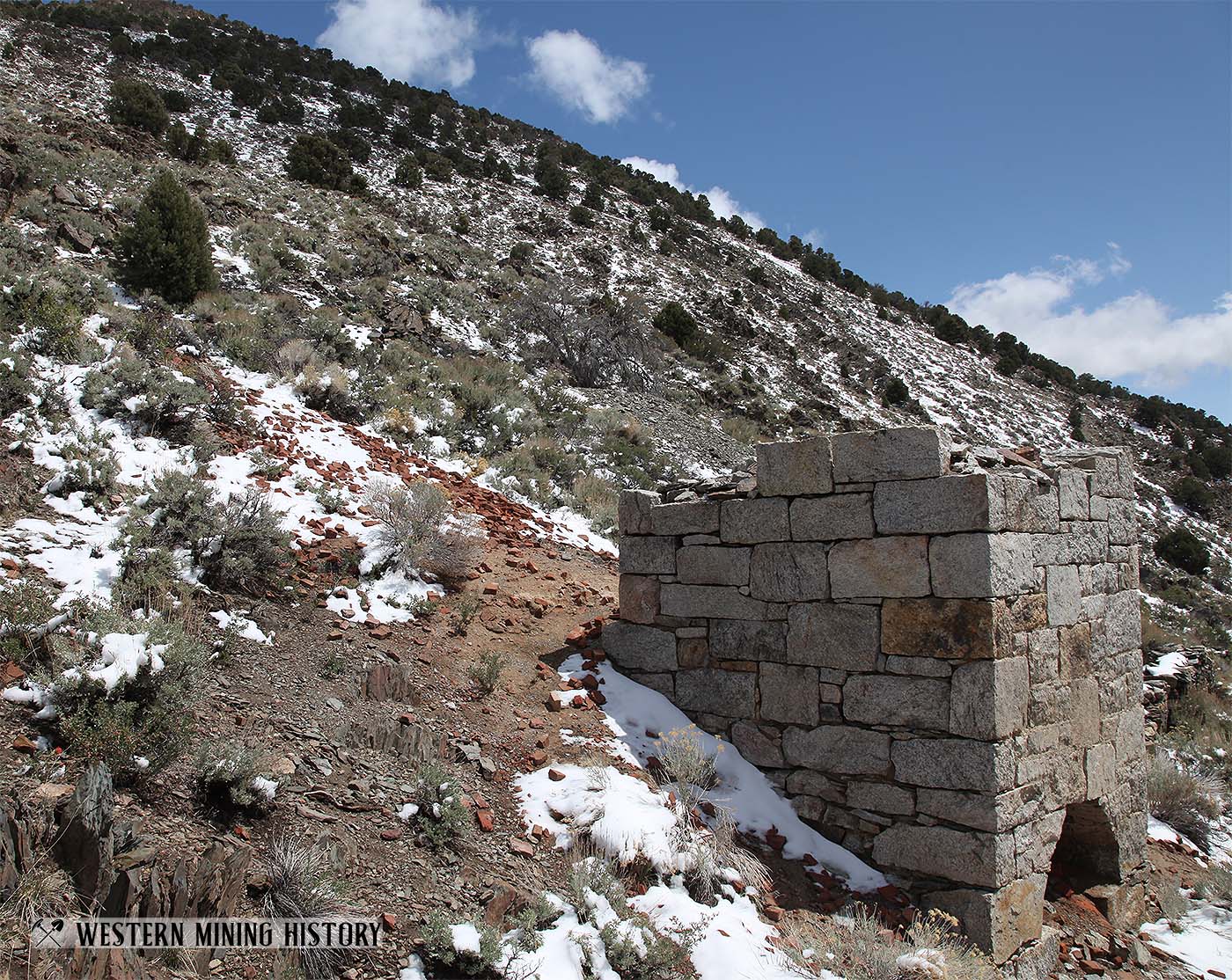
In the 1880's, the mines were reactivated, and Ophir had another period of prosperity. By the 1890's the town was deserted, but some mining activity at the Murphy Mine continued sporadically into the 20th Century.
Over two million dollars worth of gold and silver were mined from the murphy vein and from surrounding properties. Iron, copper and arsenic were also found in the area.
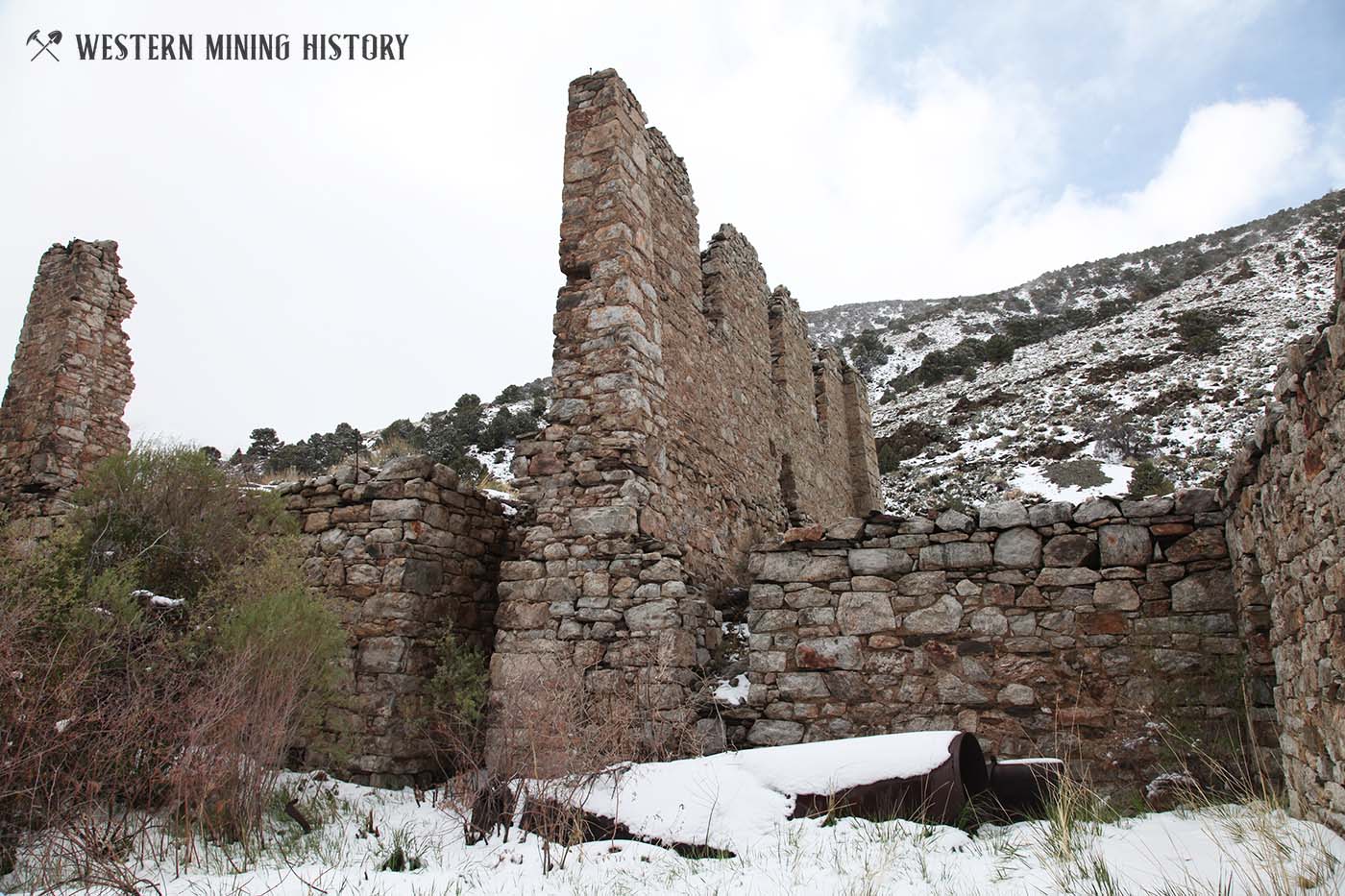
Ophir managed to have all the accouterments of a large community: school, church, various lodges, and of course, several saloons.
Extreme Isolation at Ophir, Nevada
Highway 50 across central Nevada is known as "The Loneliest Road in America", and for good reason. The route crosses vast stretches of empty desert with nothing but a few old mining camps to fill the void. Anyone that has been to Austin, Nevada must have left with the impression that they just visited America's remotest town.
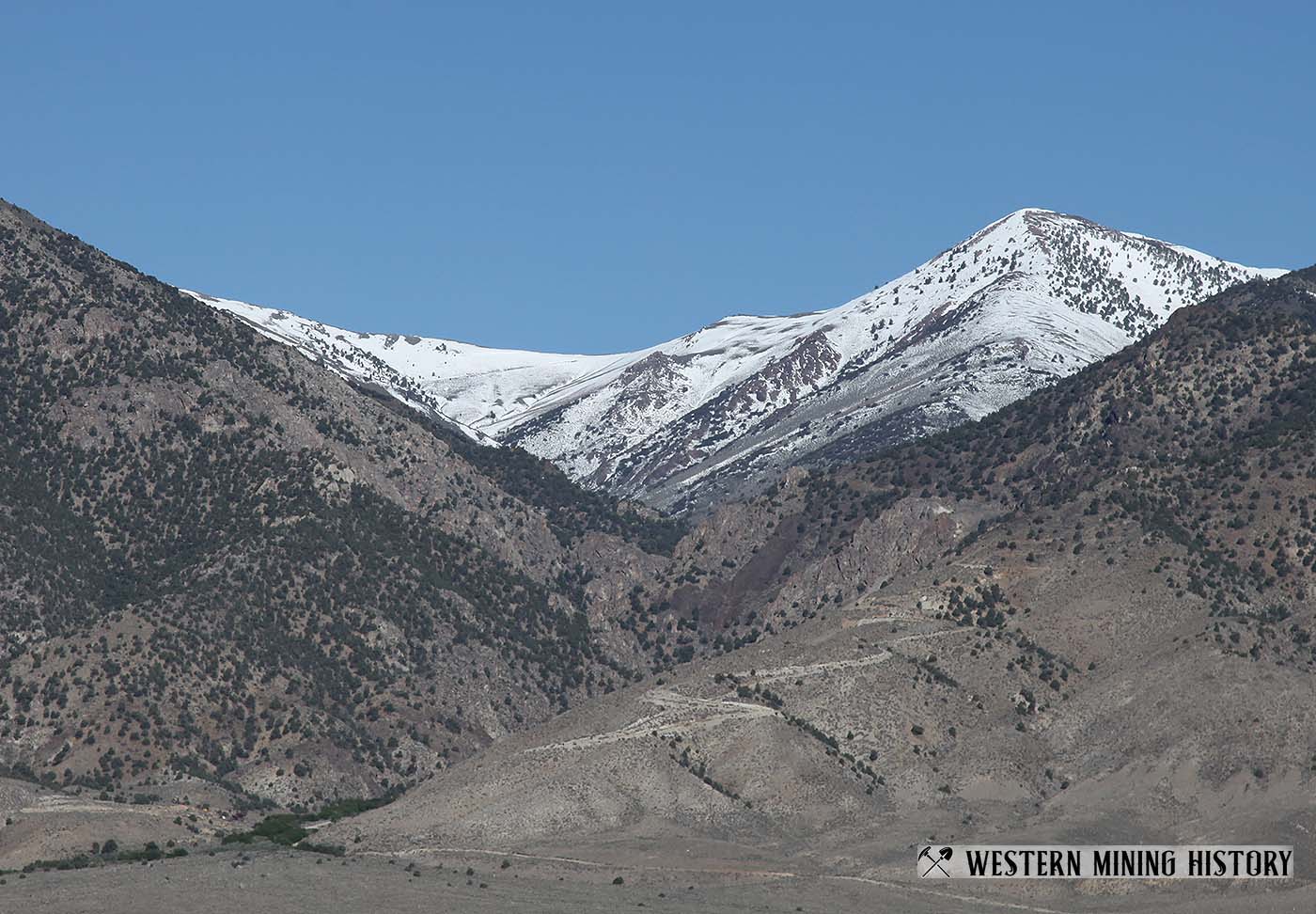
The degree of remoteness, however, is framed by the time we live in. Although Austin is still an isolated outpost in the Nevada desert, it is connected to civilization by a modern highway, and by phone and internet service.
In the 1860s and 1870s Austin didn't even have a railroad. The town was connected to the rest of the world by a rough wagon road and the only communication was by frontier mail service. As remote as Austin was, it was where miners from remote camps would "go to town" to access goods and services.
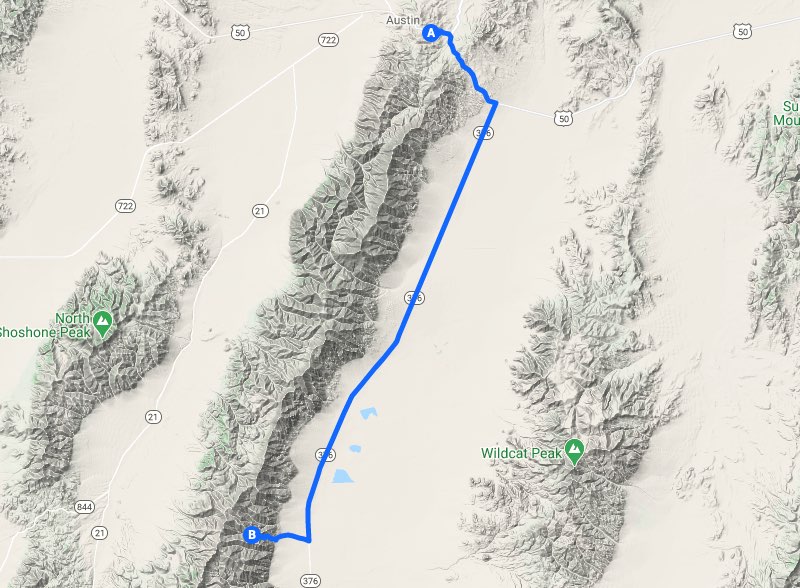
Fifty miles south of Austin, deep in the Toiyabe Range, and near the top of Ophir Canyon, sits the ghost town of Ophir, Nevada. The last stretch of road to the ghost town, up the canyon, is long and rugged even for modern 4x4 vehicles.
The remains of a few stone structures and log cabins can still be seen at the site. Large sections of hand hewn stone walls of old stamp mill are still standing, a testament to the skill that went into the construction of this impressive structure.
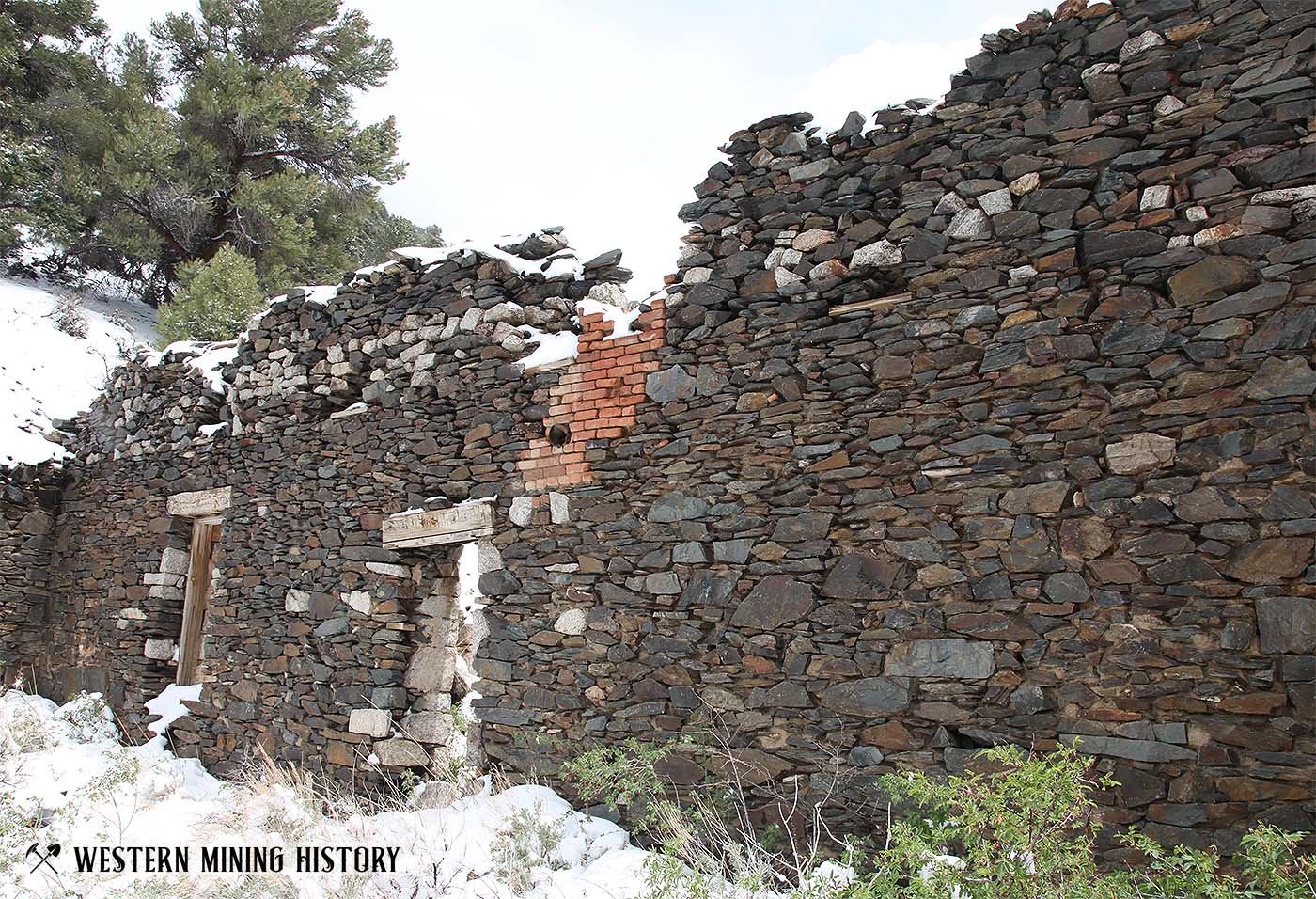
Imagining what life was like in the late 1800s at an extremely isolated location like Ophir is difficult. Early structures and mines were built with equipment and materials that were hauled in with pack trains that traveled on primitive wagon roads and trails.
The climate and altitude were too harsh to grow anything, so food had to be shipped over great distances and at high cost. Nevada is known to be desert, but the mountain ranges of Nevada can still get significant amounts of snow, further isolating already remote camps. Ordering goods and materials would need to be done weeks or months in advance.
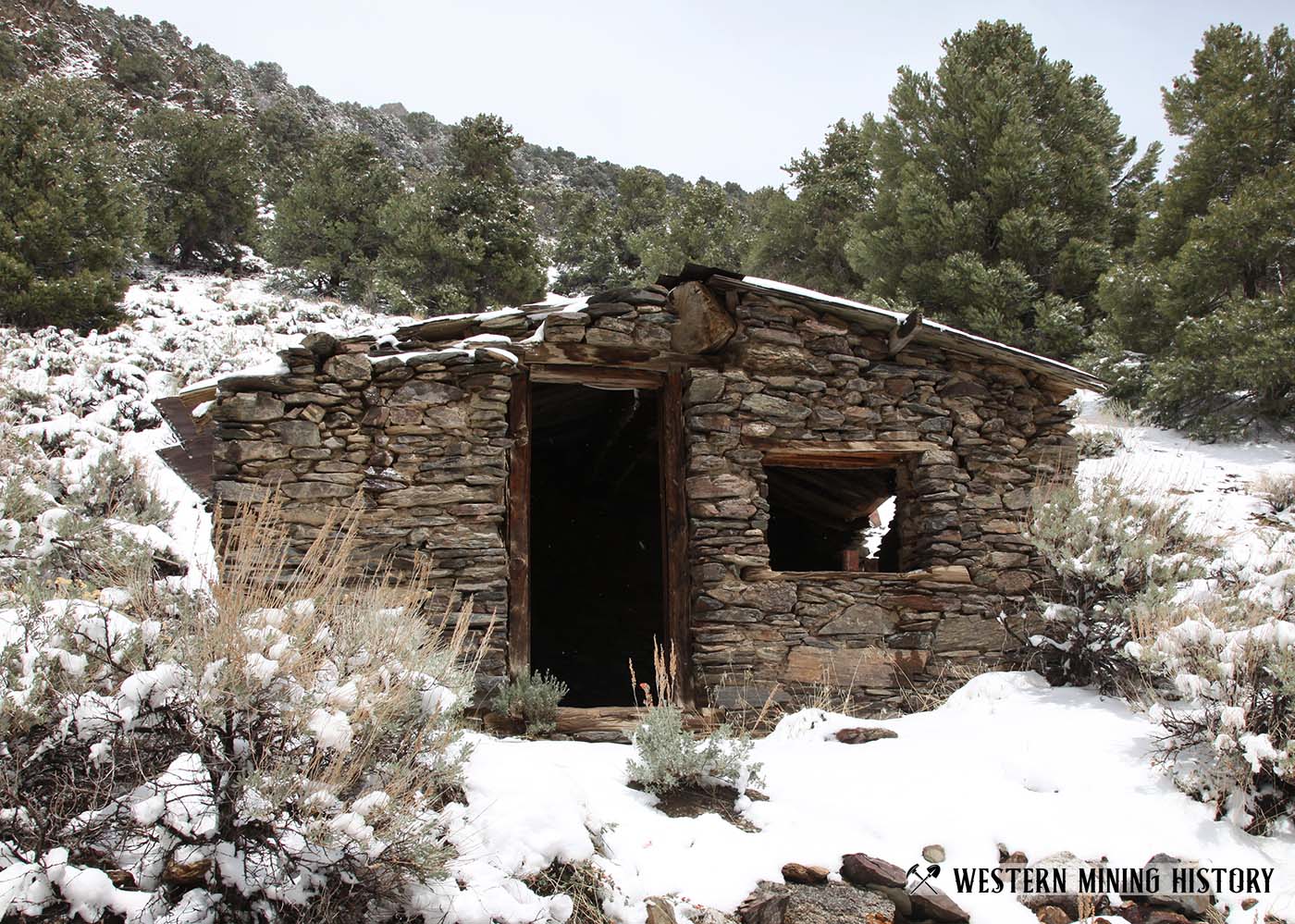
Despite the seemingly impossible circumstances that many of these mining camps were up against, the towns sprang up in remote locations all over the west. Many men and woman would spend their entire lives in one or several of these remote towns.
Some camps would only last a few years or a couple decades. When a town died out, its citizens would often move to the closest town that still had some measure of prosperity, and life would continue much as it was before.
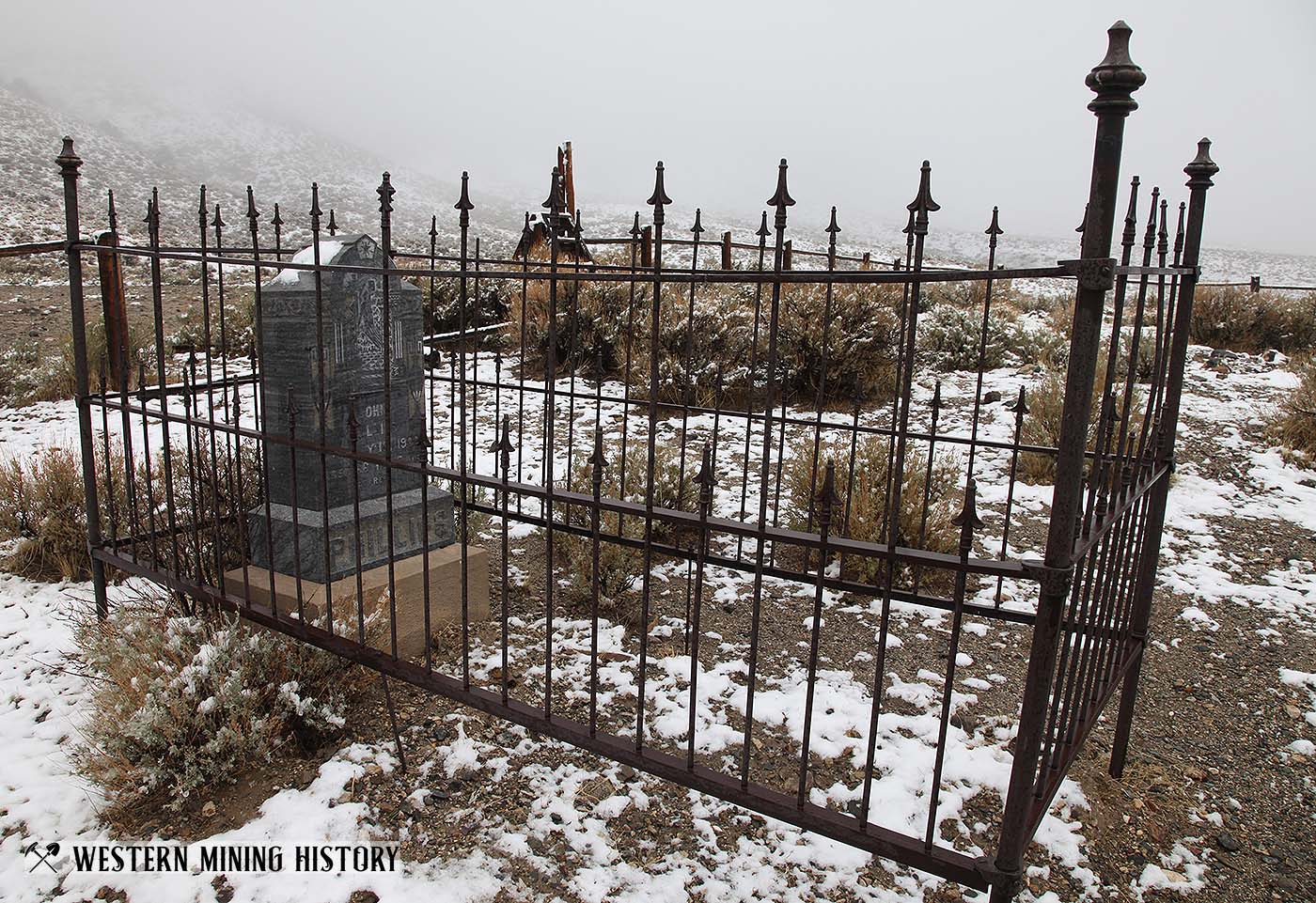
In the context of our modern world, life in remote mining camps seems impossibly difficult. However, in some ways frontier life seems much simpler and somehow romantic. If only there was a way to go back in time and see how people lived, and experience it for ourselves - even just for a little while.
Nevada Mining Photos
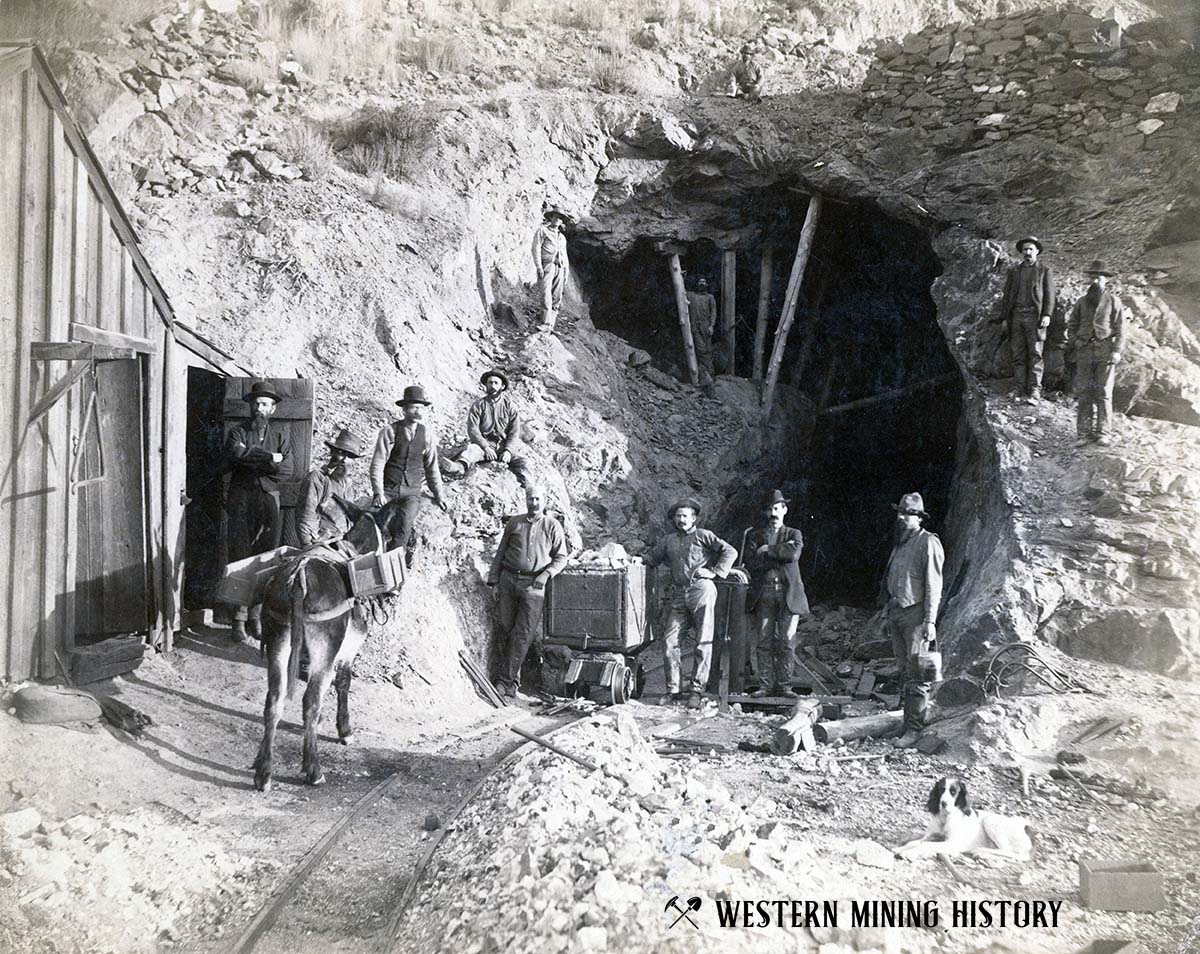
A Collection of Nevada Mining Photos contains numerous examples of Nevada's best historic mining scenes.
Nevada Gold

Nevada has a total of 368 distinct gold districts. Of the of those, just 36 are major producers with production and/or reserves of over 1,000,000 ounces, 49 have production and/or reserves of over 100,000 ounces, with the rest having less than 100,000 ounces. Read more: Gold Districts of Nevada.